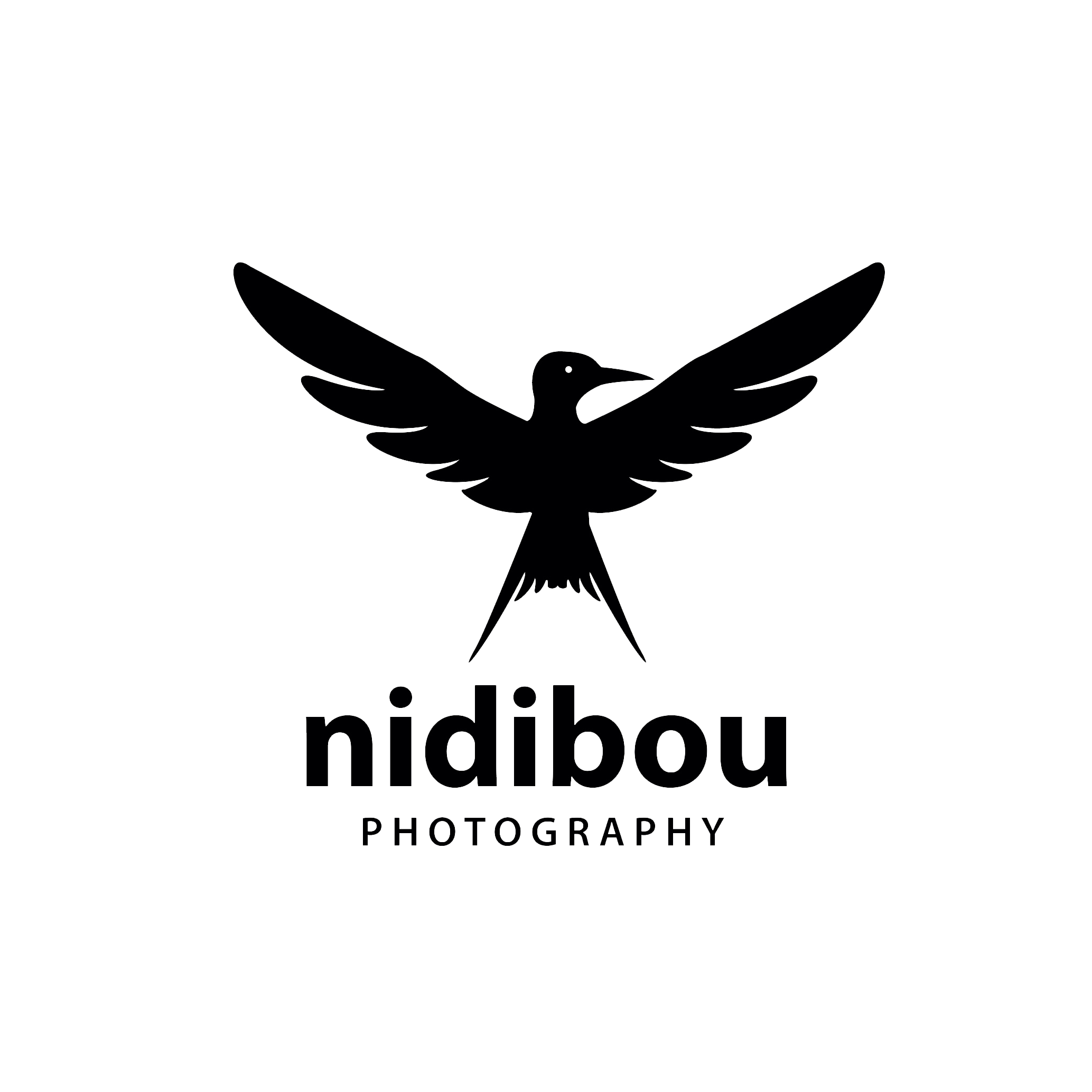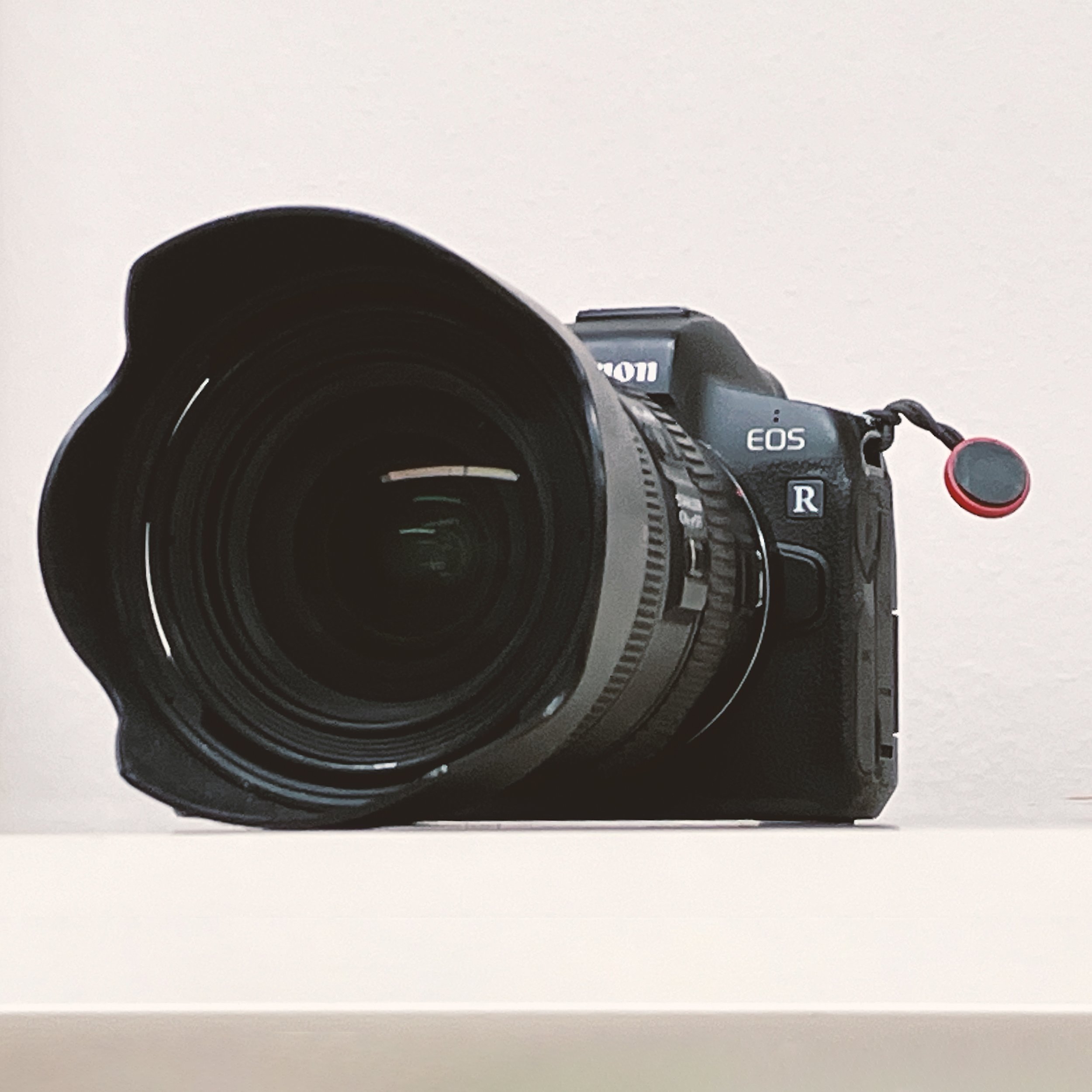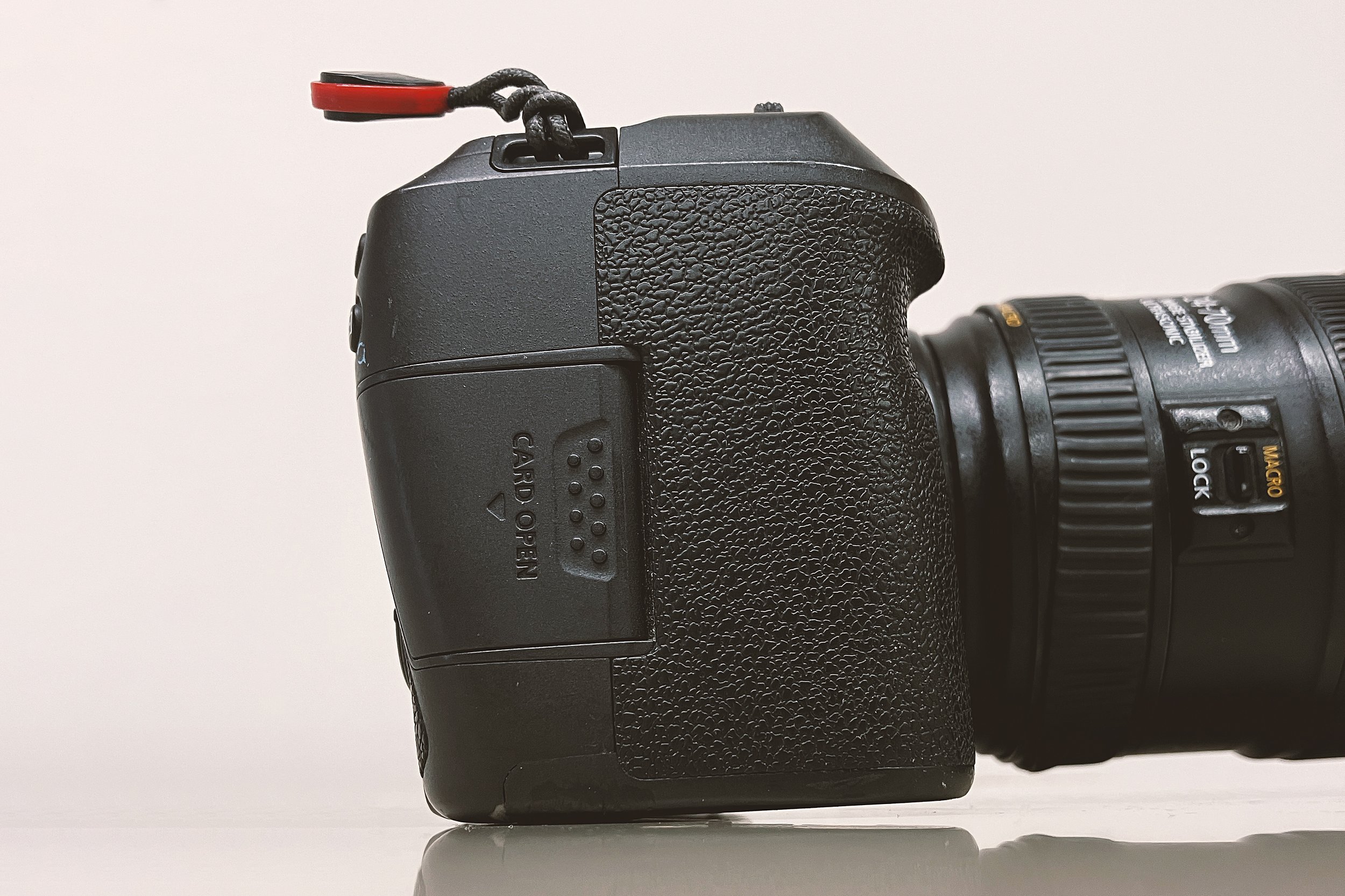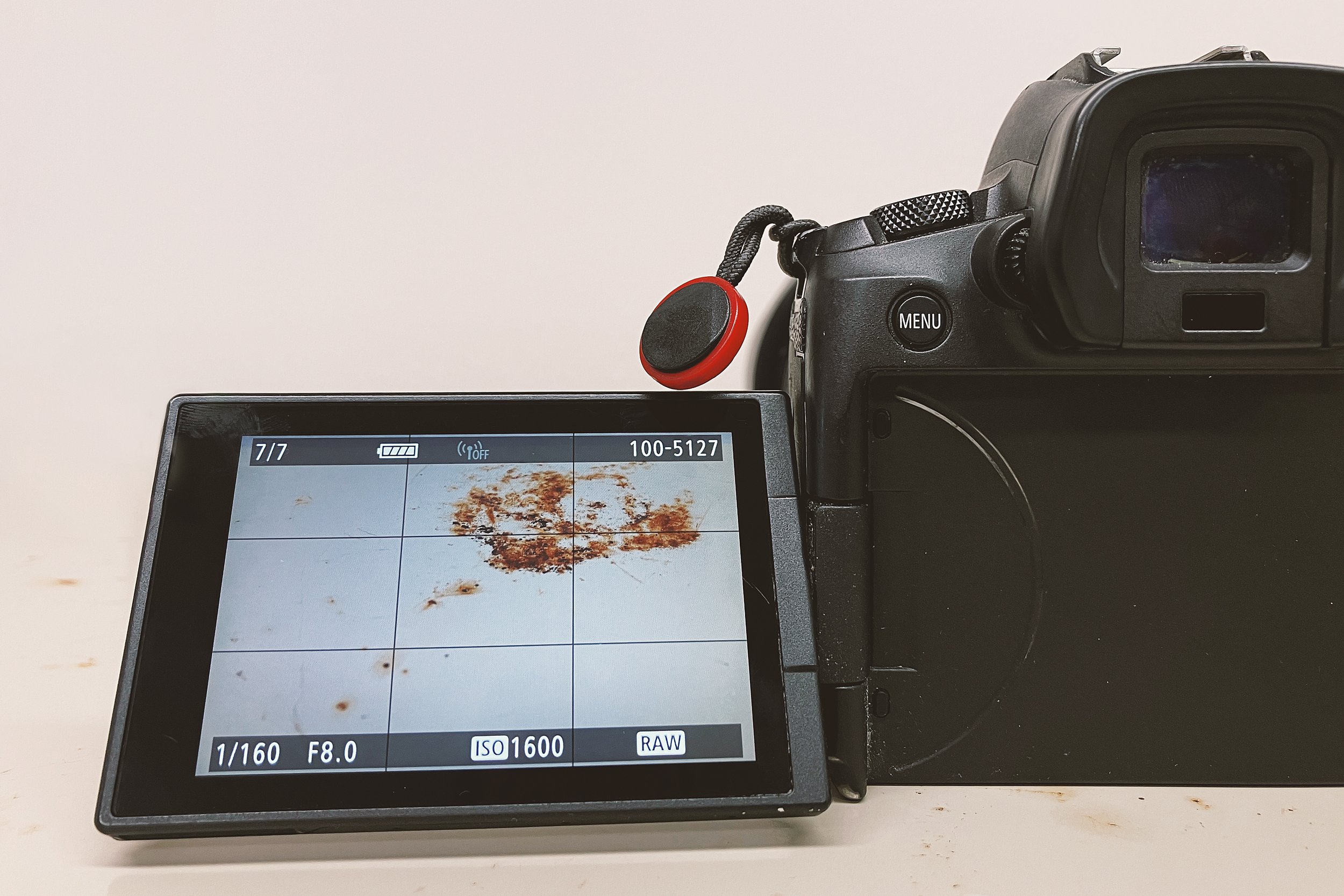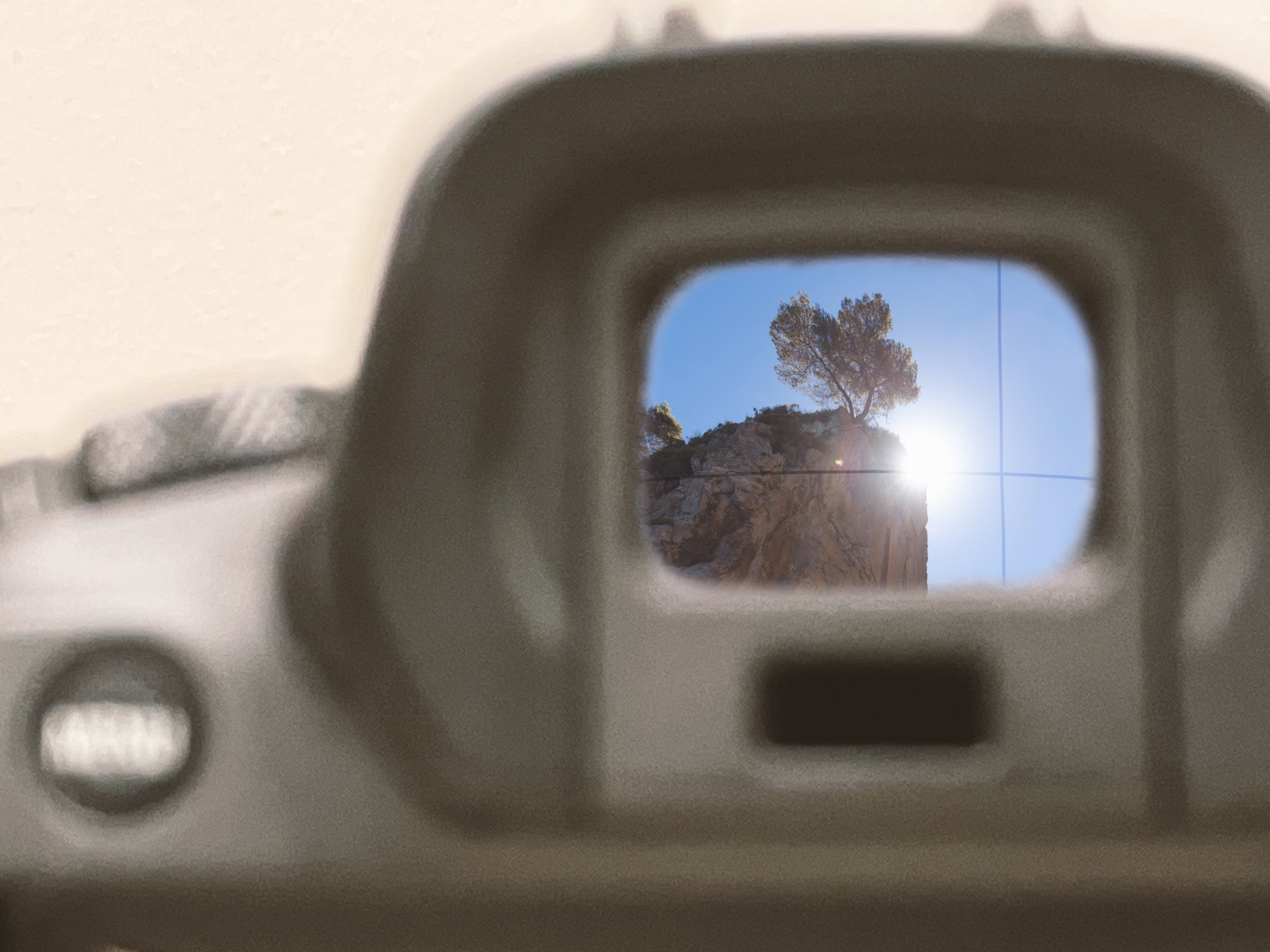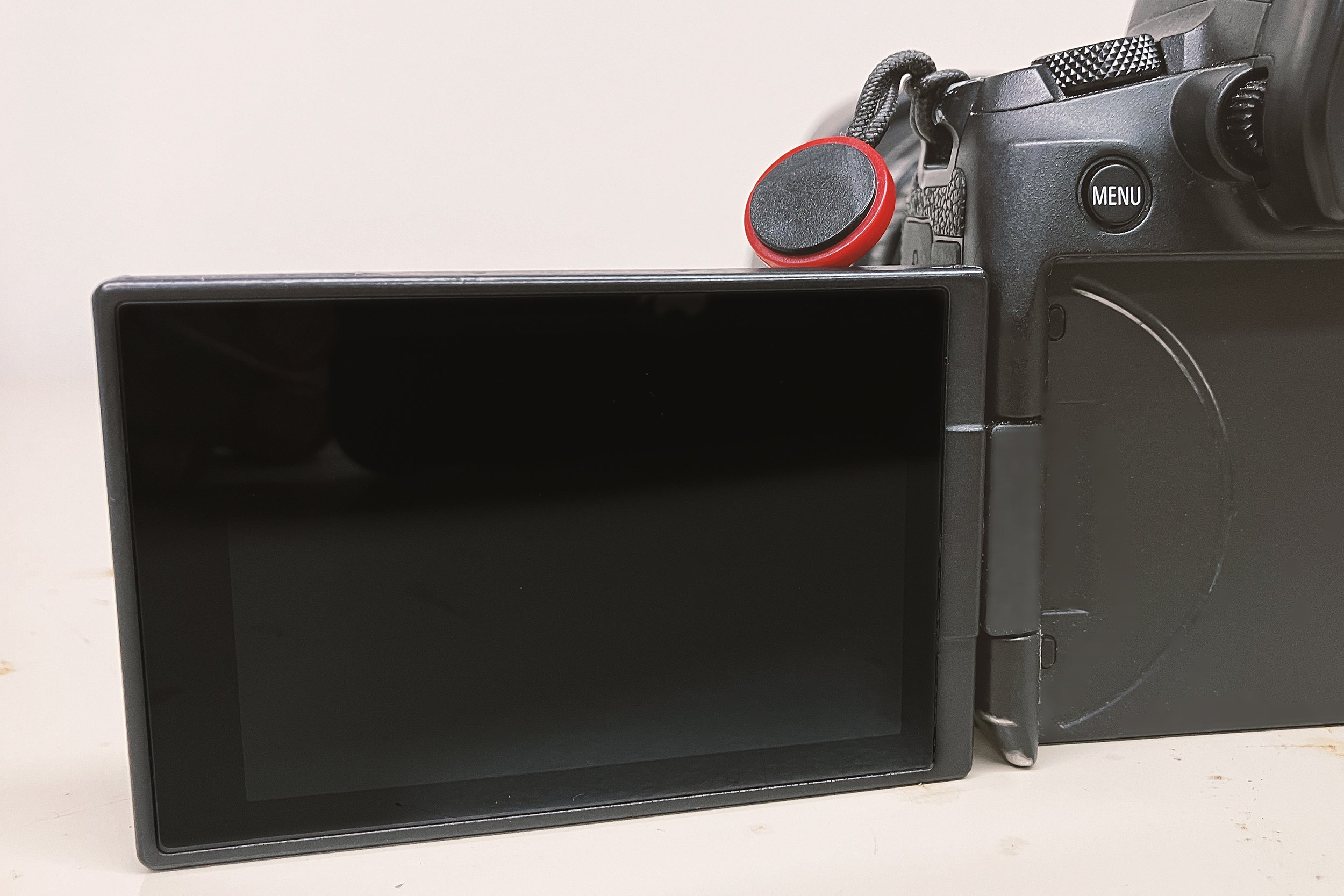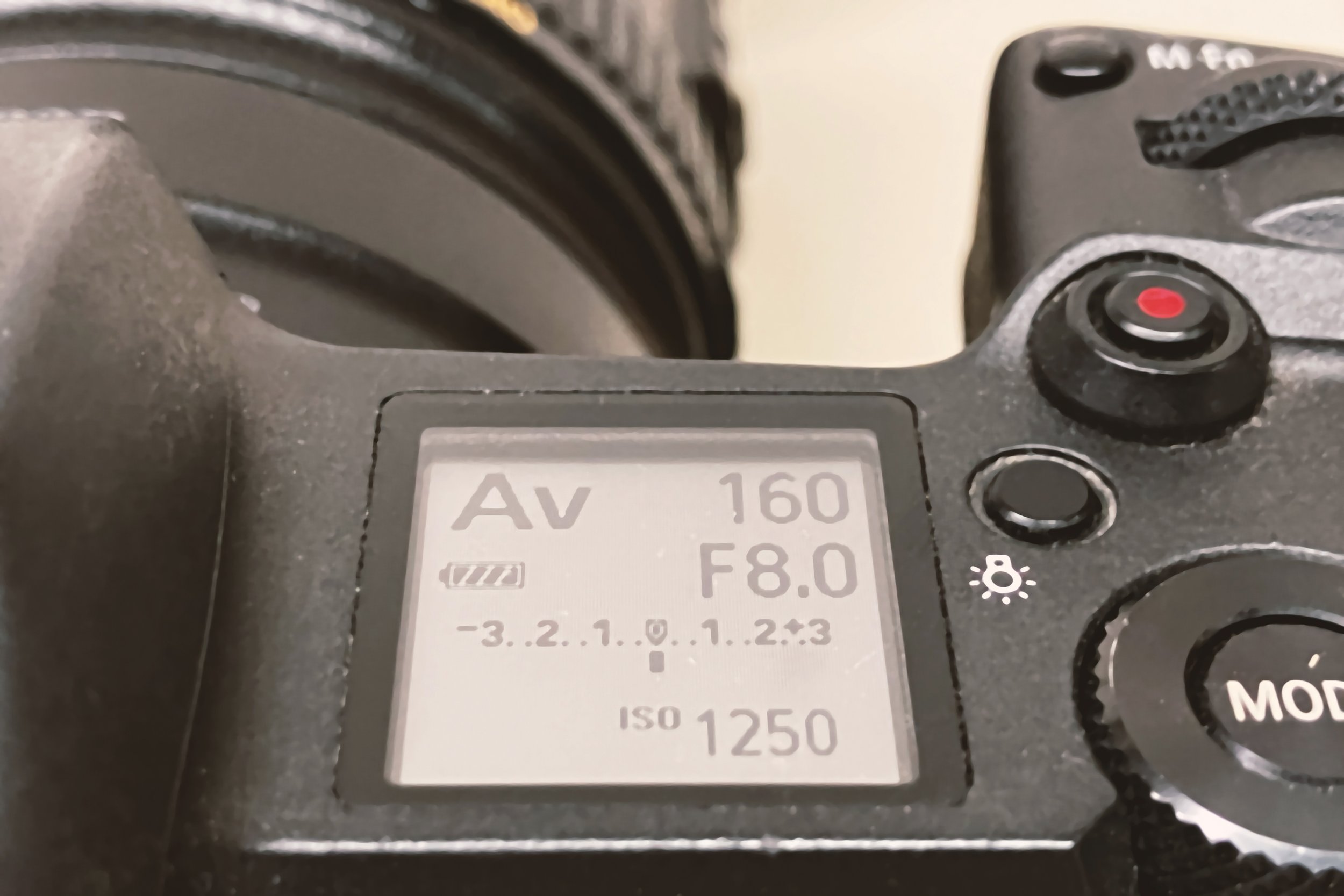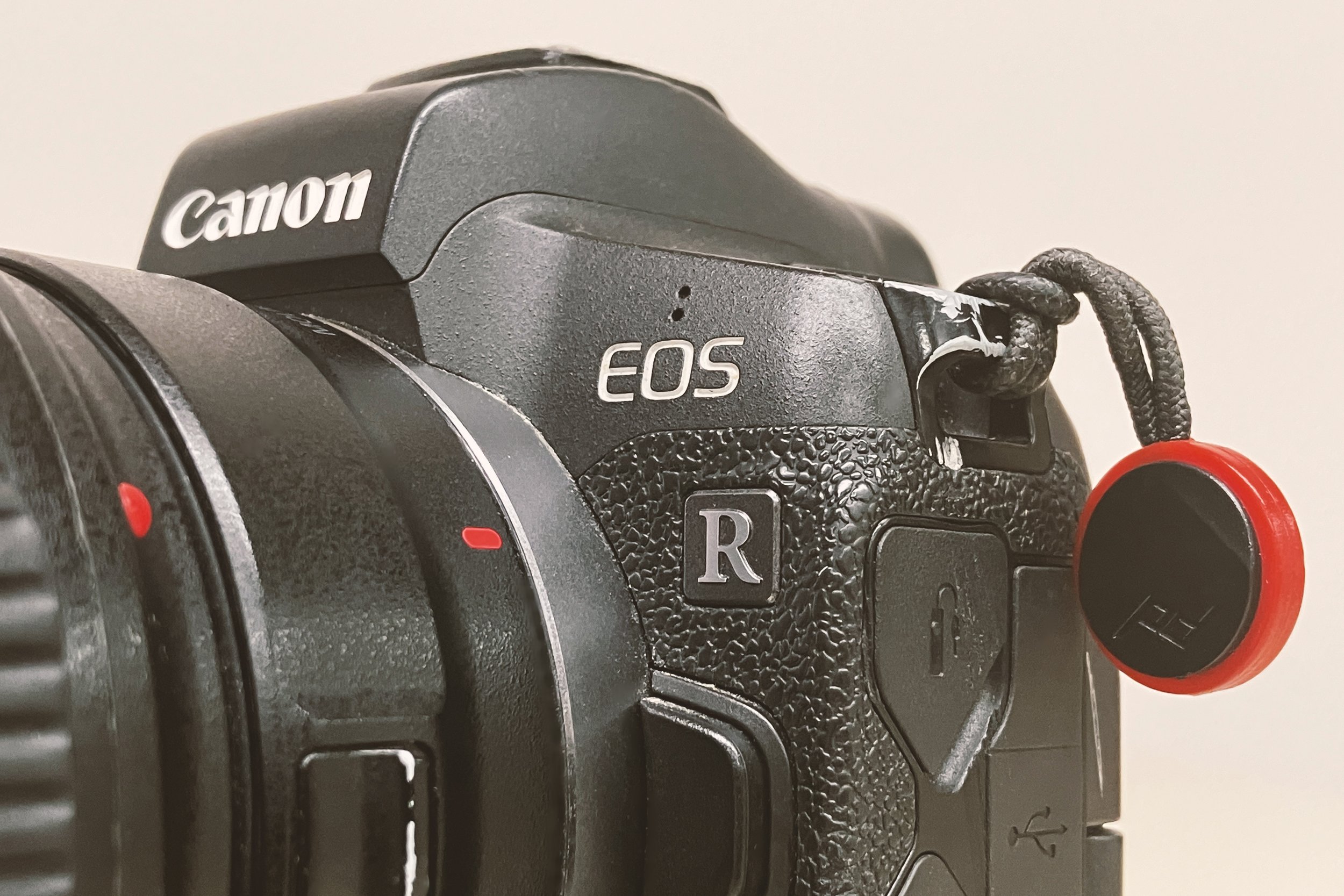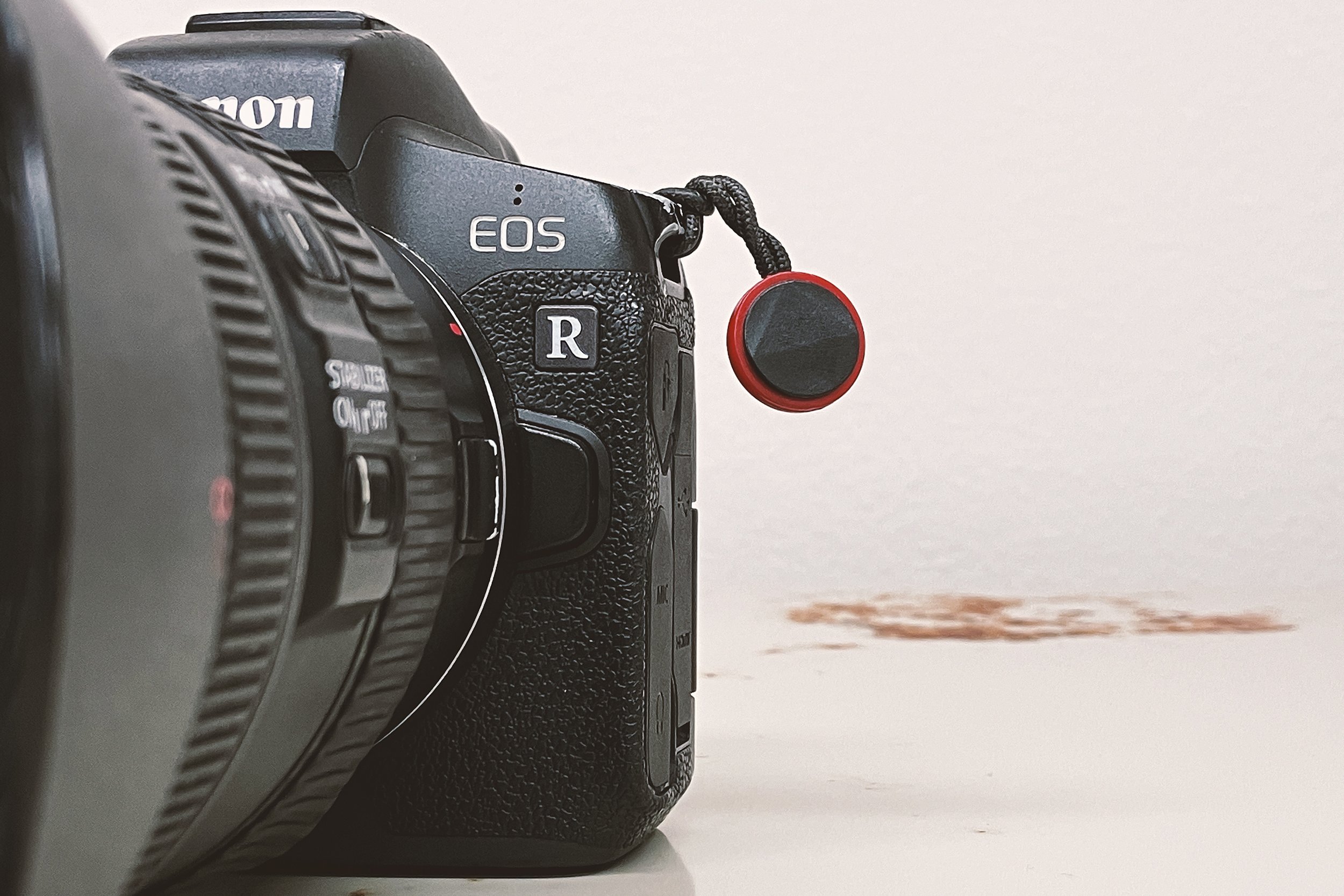Canon EOS R – Real User Review – Is it still worth buying in 2024?
Still worth it?
TIME TO REST
Since it's time to give it a rest as a backup body, I think it's a good time to write a few thoughts about my favourite workhorse.
The EOS R has been many things to me. It has been my entry into the magical world of mirrorless, it has helped me appreciate my old lenses even more, it has offered me capabilities previously unheard of and above all it has proven to be a loyal and tireless companion in every test I have put it through, in every weather condition and on every project, no matter how difficult it may have been.
A true gem.
Sure there were some things that didn't thrill me, but these were just a few.
On a side note, writing reviews is not really my thing, but this camera has been a tireless tool for so long, that I feel obliged to share my thoughts.
NOT TO FOMO
Those who really know me would tell you that I don't suffer from FoMO nor do I want to own the latest-super-extra-beast in gear. I don't want to spend an excessive amount of money, even if I can, on cameras and lenses. All I care about is owning the proper tools that can help me do my job without problems. If something is not necessary to me, I don't care to have it. I just don't care. Simple as that.
I'm also not one of the first to buy the new goodies. Whether it's a camera, a flashlight, a computer or a cell phone. I usually wait at least a few months so I have more opinions to listen/read. It goes without saying that I will also watch some of the first reviews from the famous YouTubers that companies give their products to, but I never give them too much attention.
The opinion of my fellow photographers, who will give me their honest opinion over a coffee somewhere in my beloved Athens, is far more important.
“Life is like a ten speed bicycle. Most of us have gears we never use.”
ADVICE
One piece of advice I never get tired of giving: before any purchase, make sure to rent the product you are interested in for a few days and live with it. To take it a bit further, if you ever need for a project a Canon R5C for example, rent it for about 90€/day and don't spend 5000€ to buy it, if it's gonna sit on a shelf afterwards (unless the project takes more than 2 months, in which case I'll pass).
So to close this introduction, the EOS R was the ultimate tool for my needs. I bought it in 2021, well after its first release and as I write these words it has made about 35000 clicks in my hands.
I love it.
This is a great camera for the types of photography I do. I've used it for
travel,
weddings,
christenings,
portraits,
reportage,
studio,
people,
landscape and
nature photography.
I haven't shot any sports reportage and have hardly used it for video at all.
ERGONOMICS
The grip of the camera is ideal, despite the small body. Especially with the 24-70mm f/4L on, the feel in the hand is amazing. The weight is well distributed, even with the necessary converter worn. With lighter lenses, things are even better. With the 70-200mm f/4L the weight is not evenly distributed anymore and the feel is somewhat more uncomfortable, but not to the point of being annoying.
The weight, although on paper it doesn't seem much of a difference than on an EOS 5D IV for example, is noticeable after hours of use. If, in fact, you have RF lenses, this is even more pronounced.
The buttons are all well placed and you easily get used to controlling them without looking. Especially if you used to take photos with any other Canon cameras, this will be piece of cake.
An awesome advantage here is the detailed customization and thus the transformation of the camera into a tool that comes perfectly in line with the user.
A small disadvantage is the lack of a joystick and a big disadvantage is the unfortunate inspiration of the touch bar. As much as I tried, assigning it various functions, such as ISO 100 on the left and ISO 12800 on the right, I eventually turned it off completely, since I found that in the real world it doesn't offer much and rather complicates things than helps.
Many photographers have a complaint with the flip screen, they would prefer the tilt one. They find that having to open the screen and then rotate it 180 degrees to see overhead is a terrible hassle. I think it's great, it helps with vlogging or self-portraits and it certainly helps in other situations, like setting something up quickly in a studio if you don't have time to set up a laptop, and it still offers a strange advantage that no one talks about: it offers extra stability. As I see it, too much fuzz for nothing, the screen is fine.
MODES
I'll get straight to the point: FV mode. It takes a while to get used to it, but you immediately wonder how come nobody thought of it before Canon. FV is the epitome of usability. You basically have in one mode everything else!
Much, too much talk has also been made of the single card slot. It doesn't bother me. Wouldn’t I prefer two slots? Obviously; I'd like three as well. It's not necessary though. I've taken thousands of photos with a single card and never had a problem (ok, maybe once). I just make sure I always have several cards with me at all times, and I change them often so that if something happens, I don't lose a large portion of the work. That's all the extra effort required due to not having a second card slot.
Very good servo tracking, although to be honest, it hasn't been useful to me except a very few times.
Eye detection works perfectly in portraits, but gets confusing sometimes when there are more than 3 people in the frame. Little problem when using a wide aperture, but at a fine dof, you can lose the spot where you intended to focus.
More AF points are a real treat in practice and help more than anything in framing correctly.
The focus peaking and focus guide, although theoretically mostly utilized with RF lenses, my experience with EF lenses has been satisfactory enough.
Focusing on the screen with a finger is very helpful. I've selected the right half of the screen to be the "map" and move my thumb to the exact spot I want to select for focus. Magic!
Silent shutter. Impressive, but I've hardly ever needed it.
WiFi and GPS are more than welcome and work flawlessly.
I have not purchased any RF lens to date. I'm sure they will be higher quality, but not enough to give in; not yet anyway. Maybe in a while. So far though, the adapter with my old, faithful L lenses is a great combination.
In fact I'm thinking, instead of an RF lens, of buying an adapter with an ND filter built in.
AUTO FOCUS
If you've read even a little, then you'll know that the EOS R has good auto focus. And you will be wrong. It has incredible focus, not just good.
Also the AF coverage is very close to the entire screen and EVF, and the Al-Servo works very well (although I've only tried it a little, since I don't really need it that much).
ISO
One of the tremendous advantages of mirrorless cameras, is undoubtedly ISO. On the EOS R, which of course is not the top of the line in this area, you can easily shoot images 40,000 ISO or more and use them without a problem. You can practically shoot in the dark! An incredible development for those of us who once shot with 3200 ASA film and thought it was...unreal.
You can see by yourself below a photo taken at ISO12800, SOOC (Straight Out Of Camera). Incredible.
COMPOSITION
Composition is so much easier with the EOS R, as you can zoom and focus through the EVF without taking your eyes off the camera and using the LCD screen, so it's faster and easier to frame, especially for off-center subject placement.
EVF
Ok, this is super. EVF is a revelation. You won't believe it until you see it. But even if you don't like it for some mysterious reason, I have only this to say: sun! You can face the sun fearlessly now (though no one suggests it) and thus including lens flare into your images has never been easier.
But the great thing here is the exposure simulation. You can see in real time how dark or bright your exposure will be. The even better part? When you have a Canon speedlight on the camera (it works with my Godox too) it automatically turns off, so you don't get confused. When you turn off the flash, it comes back on. Amazing.
THINGS I DON'T LIKE
As I have already mentioned, things I don’t like are just a few and limited to:
Touch bar button.
Lack of joystick.
I would prefer a quick control dial instead of a 4-way dial.
More often than not, me or the strap cover the evf and this results in the LCD screen closing. I haven't found a solution for this.
When you turn the screen to shoot video for example, you only see yourself when it is in an upright position 85-90 degrees or so. When you turn it further up, it automatically reverses the image, because it assumes you want to see from above. I haven't found a solution for that either.
Access to the battery is not as easy as I would like.
A few, very few, times the flash doesn't cooperate as you expect with the camera. It's like the flash doesn't sync well with the curtain. Maybe it was an accident or maybe it's some issue of poor compatibility with my flash being a GoDox and not a Canon, but either way I have to mention it.
FEW MORE COMMENTS
The "issue" with 4K video is not an issue for me. Okay, it's cropped, so what? Agreed, I don't need it to constantly shoot video, but when I do need it, it won't stop me.
Dual pixel focus. I don't really understand any terrible difference. That might be due to the type of photography I do. For me the benefits
(highlight recovery,
longer dynamic range,
more reliable focus,
two images instead of one) are not so tempting in real life and the disadvantages are quite a bit more
(twice as many files,
no tangible difference,
dynamic range and
focus are already excellent,
startup takes longer and
with dual pixel active you can't take advantage of
multiple exposures,
HDR,
silent shutter,
high-speed continuous and more).
BUY OR BYE BYE FOR EOS R IN 2024?
To answer in a few words, not only does it make sense, but personally I will probably keep it as a backup body.
Especially if you are on a budget, I think it is an unlikely choice and based on my experience, it will be with you for many years and give you satisfaction working with it.
A FINAL NOTE
Can’t help but thinking that whatever bothers us today, until a few years ago didn't even exist. No dual card slot, no screen, not even a way to see what you've shot. We've become too sensitive and too demanding nowadays. We want our camera to do everything and do it perfectly. Don't get me wrong, technological progress fascinates me. I get excited when I discover the infinite possibilities that are now hidden within every body. But what I want to illustrate here is the problem of unsatisfactoriness.
A camera like the EOS R doesn't have the screen, the slots or exactly the buttons that we would all like, but believe me, this would only happen if we designed the camera ourselves. Let's be happy with what we own and be as creative as we need to be with the tools we have available.
If we can't do that, then, indeed, maybe we should upgrade our camera.
